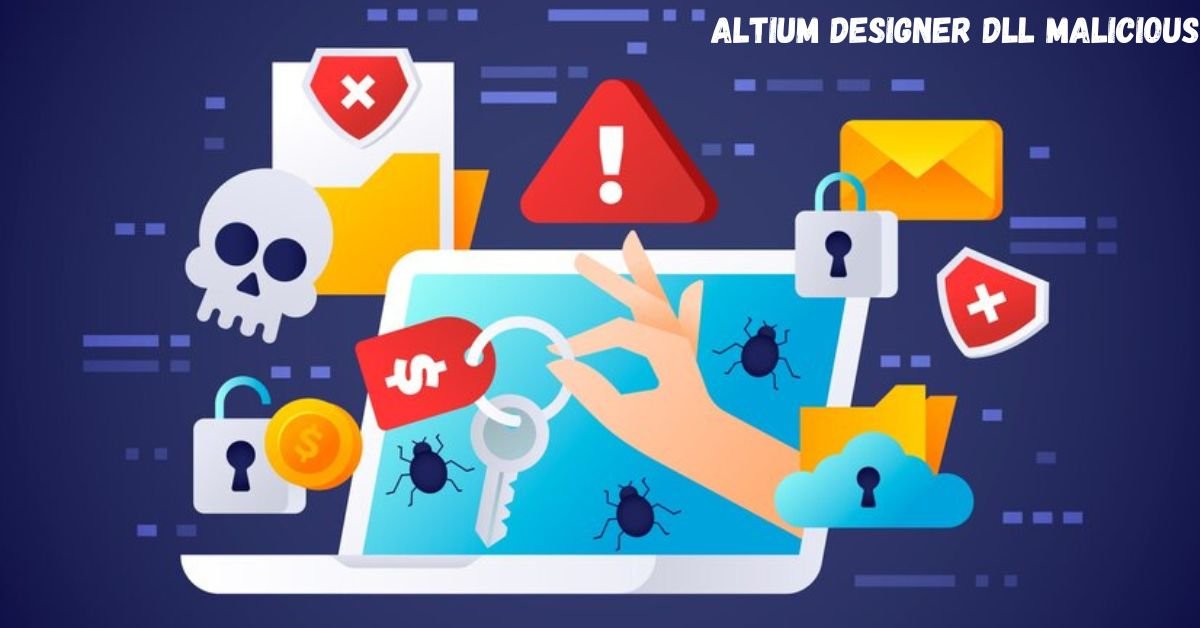Understanding Altium Designer DLL Malicious Threats
Altium Designer is a powerful PCB design software used by engineers worldwide. However, concerns have emerged regarding Altium Designer DLL malicious threats, where compromised or unauthorized DLL files can introduce security risks. These malicious DLLs can lead to issues such as code injection, system instability, and potential data breaches. Understanding how these threats arise, their impact, and ways to mitigate them is crucial for maintaining a secure design environment. This article explores the risks associated with DLL vulnerabilities in Altium Designer and provides actionable steps to safeguard your system.
What Are DLLs?
DLLs are files that contain code and data used by multiple programs simultaneously. They promote modularization, code reuse, efficient memory usage, and reduced disk space. In the context of Altium Designer, DLLs are integral for extending functionality, integrating plugins, and ensuring smooth operation.
Potential Risks Associated with DLLs in Altium Designer
-
DLL Hijacking: This occurs when an attacker places a malicious DLL in a directory that an application searches before the legitimate DLL. If the application loads this malicious DLL, it can execute unauthorized code, leading to potential system compromise.
-
Code Injection: Malicious DLLs can inject harmful code into Altium Designer, allowing attackers to steal sensitive information, disrupt operations, or gain unauthorized system access.
-
Exploiting Vulnerabilities: Attackers may exploit vulnerabilities in Altium Designer’s DLL loading mechanisms to execute malicious code or escalate privileges.
Real-World Instances
Users have reported instances where antivirus software flagged certain DLLs associated with Altium Designer as malicious. For example, a file named VaultExplorerDownloader_SIMModel.dll from an official installation was detected by several antivirus programs as a Trojan. When quarantined, the software ran, but authentication failed. This highlights the fine line between false positives and genuine threats.
Mitigation Strategies
To safeguard against malicious DLL risks in Altium Designer:
-
Download from Official Sources: Ensure that Altium Designer and its associated libraries are downloaded from the official Altium website or trusted vendors. Avoid third-party sites that may host altered or malicious versions.
-
Keep Software Updated: Regularly update Altium Designer to benefit from security patches and fixes that address known vulnerabilities.
-
Use Reputable Antivirus Software: Employ reliable antivirus solutions to detect and quarantine malicious DLLs. Ensure the antivirus definitions are up-to-date and perform regular system scans.
-
Monitor Network Activity: Be vigilant about the network activity of design tools. Use firewalls and monitoring tools to track unusual outgoing connections that could indicate malicious DLL activity.
-
Educate Team Members: In a collaborative environment, ensure all team members are aware of the risks associated with DLLs and the importance of cybersecurity best practices.
Comparison Chart: Legitimate vs. Malicious DLLs
| Aspect | Legitimate DLLs | Malicious DLLs |
|---|---|---|
| Source | Official Altium releases or trusted third-party developers | Unauthorized or unknown sources |
| Behavior | Enhance functionality and performance | Inject harmful code, disrupt operations, steal data |
| Detection | Recognized and validated by the system and antivirus software | Often flagged by security tools; may exhibit unusual behavior |
| Impact on System | Stable and reliable operation | Potential system instability, data breaches, unauthorized access |
| Update Mechanism | Regular updates from official sources | No legitimate update mechanism; may attempt to avoid detection |
Conclusion
While Altium Designer is a powerful tool for PCB design, it’s essential to remain vigilant about potential security risks associated with DLLs. By following best practices—such as downloading software from official sources, keeping applications updated, using reputable antivirus solutions, monitoring network activity, and educating team members—users can mitigate these risks and ensure a secure design environment.
Staying informed and proactive is crucial in today’s digital landscape to protect both your projects and personal data from potential threats.

